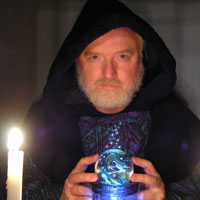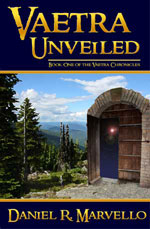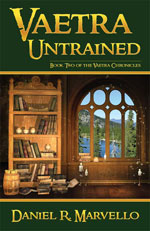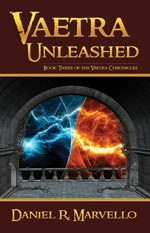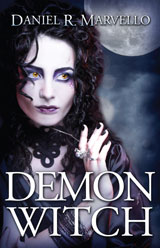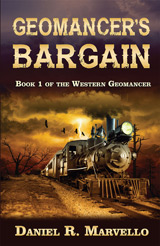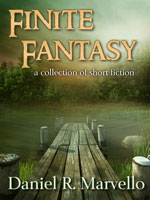![]() This creature feature started out as a brainstorming session on what form religion would take in the Vaetra Chronicles world of Mundia. I could have adapted a pantheon from human history, made up my own gods, or (unusual in fantasy) gone for the mono-theistic approach that has evolved in our own world history. But I thought it would be more fun to start with well-known fantasy beings and put my own spin on them. The spirits and their various forms were the result of that session.
This creature feature started out as a brainstorming session on what form religion would take in the Vaetra Chronicles world of Mundia. I could have adapted a pantheon from human history, made up my own gods, or (unusual in fantasy) gone for the mono-theistic approach that has evolved in our own world history. But I thought it would be more fun to start with well-known fantasy beings and put my own spin on them. The spirits and their various forms were the result of that session.
Spirit Domains
The spirits are pure vaetric beings, which means they are sentient entities that exist only within the flows of vaetra [magical energy]. They have no physical form, although they are capable of affecting the physical world by temporarily possessing non-sentient creatures that live within their domain.
Spirits survive by extracting and consuming vaetra from the living plants and animals in their domain. The relationship is mutualistic, however, as the spirits usually work through their host creatures to benefit the host itself and the entire ecosystem.
While all spirits are believed to have fundamentally the same form, they are distinguished from one another according to the domain they prefer to inhabit. The two primary domains are water and earth. Earth includes two sub-domains: forests and avian creatures.
Humans have named the spirits according to the domain in which they are found:
- Sprites occupy the domain of water. They can be found in virtually any permanent body of water or stream that flows all year. Sprites have an affinity for using fish and water-based plants as hosts, and they generally adopt and defend a territory.
- Nymphs occupy the domain of earth. They are the most nomadic of the spirits. They have an affinity for open, grassy lands and burrowing creatures.
- Dryads occupy the forests, which are considered a sub-domain of earth. They have an affinity for large trees and cavity-dwelling creatures such as squirrels. Like sprites, dryads usually adopt and defend a territory.
- Fairies generally occupy the forests along with the dryads, but they have an affinity for avian creatures that includes cliff-nesting birds. Fairies usually adopt a particular mated pair of birds, and the fairy helps its hosts defend their territory.
- Whisps are not a particular type of spirit, but rather a collection of spirits that have drawn together in communion or combat. When several spirits are in close proximity and exchange vaetra, they create a disturbance that can be detected by humans who are sensitive to vaetric manifestations. Sight sensitives see glowing spots of light, while sound sensitives hear a waxing and waning cry.
Spirits have natural vaetric abilities that include healing and telepathy. When directed at non-sentient creatures, their telepathy amounts to full mental possession. With sentient creatures such as humans, they can use their telepathy to communicate. However, spirits rarely communicate with humans. Doing so requires more vaetra than they are usually willing to expend except under extreme circumstances or when the human is a sorcerer who opens a channel to them and “feeds” them the vaetra they require.
The Druid Faith
The spirits have unintentionally formed the basis of an entire religion. The druids began as mundane (non-magical) humans who had been “spoken to by the spirits.” The druids established temples to the spirits and attracted followers. Because of the messages imparted to them by the spirits, druid teachings focus on maintaining the health of the ecosystem, which often places them squarely at odds with those who would advance human civilization at the expense of the environment.
Most mundane humans have no direct awareness of the spirits. Those who worship the spirits take the message of the druids on faith. Sightings of “spirit fish” or other circumstances where a spirit has possessed an animal reinforce the faith of the congregation.
*****
What you read here is the tip of the proverbial iceberg with regard to the religion of the druids. I have another article’s worth of material on the organization of the druid faith, the Spirit Temples, and how the spirits interact with them. For example, at the top of the druid hierarchy sit the Druid Priests, who are druids with sorcery abilities. I’ll leave you to chew on the implications of that little piece of information.
P.S. In case you are wondering, the bird in the drawing at the top of this post is an osprey that has just caught a brown spotted trout. I drew it yesterday from a spectacular photograph that caught my eye while I was thinking about spirits fighting one another.
